By John Compisi for the Sonoma Valley Sun
Sonoma County has many historic wineries. Perhaps none more historic than Madrone Vineyards Estate, in Glen Ellen, where wine grapes have been grown for over 150 years. The Madrone Vineyards’ grape growing history began in 1863 when George W. Whitman planted vineyards and developed the first commercial wine business.
In 1883 Eli Sheppard purchased the property and named it Madrone Vineyards. It was Sheppard who constructed the first stone winery cellar in 1887. (Reclaimed stone, glass and wood from that cellar were artfully incorporated into the current tasting room by acclaimed designer Richard Von Saal).
Sheppard sold the property in 1888 to California’s U.S. Senator, George Hearst (Leland Stanford was the other California U.S. Senator). Hearst and his son, San Francisco Examiner newspaper heir, William Randolph Hearst, developed the winery and its reputation for making serious premium wines which the senior Hearst often served to dignitaries in Washington D.C.
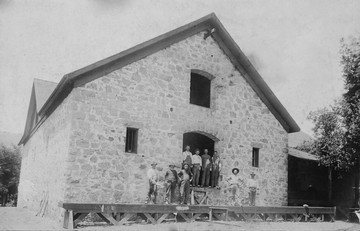
After George Hearst’s death in 1891 the property passed to his widow and then changed hands several times until the implementation of the 18th Amendment (Prohibition) in January 1920 placed such financial strains on the owners that the property was foreclosed on in the late 1930s.
Eventually, other well known winemaking family names became a part of the Estate’s lineage. Enrico Parducci and Peter Domenici purchased the property in 1941 and renamed the estate ‘Valley of the Moon’. The estate remained in the Parducci family until they sold it to F. Korbel Bros in 1997.
The Stewart Family, owners and operators of a winery in British Columbia’s Okanagan Valley for over 40 years, purchased the property in 2012. They have reinstated the original name, Madrone Vineyards Estate and have made major capital investments in the facilities and equipment while maintaining the historic ties to the Valley of the Moon.
Chief Executive Officer Tony Stewart’s focus is to establish the Madrone as a small-lot premium brand. Each of the past four vintages have averaged less than 1,500 cases. He has invested in high quality de-stemmers, smaller stainless tanks, half-ton macro bins and French oak barrels to support their small-lot production program.
Further, they contract for partner grapes on a ‘per acre farmed’ basis rather than the traditional ‘per ton’ basis in an effort to get their farming partners to focus on grape quality over quantity. David Marchesi, Director of Winemaking, says the Stewarts have provided the ‘resources and philosophy needed for him to exercise patience in achieving balance’ in the wines he produces. That patience is exercised in the vineyard, in the winery and in the barrel room. The positive outcome is experienced in the tasting room.
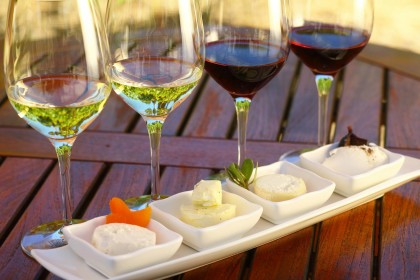
Adding another element of sophistication their winery tour and tasting experiences, the Stewarts have added a culinary program. Winery Chef Stephanie Gagne, formerly pastry chef at El Dorado Kitchen, now defunct Michelin-starred Cyrus, and Kendall-Jackson works culinary alchemy in her on-site kitchen. Pairing cheese and charcuterie plates, flatbread pizza, arancini and other small bites makes this a delightful sensory experience.
Gagne is committed, with Stewart and Marchesi, to highlighting the collaboration and cooperation with the producers and restaurateurs of Sonoma Valley like Bohemian Creamery and culinary partners Glen Ellen Star, Fig Cafe, Aventine Glen Ellen and Olive & Vine.
The Stewarts have maintained the Valley of the Moon brand with production levels of about 20,000 cases annually and their Lake Sonoma Winery brand (acquired at the same time as Valley of the Moon) accounts for another 12,000 cases for on-premises (read ‘restaurant’) sales.
When pressed to define the future for Madrone, Marchesi, after playfully expressing the desire to concur the world, earnestly offered that 9,000 cases of balanced, sustainable, high quality wines would be the sweet spot for the Madrone Vineyards brand. There is no doubt, however, that the primary goal of restoring the distinctive status of Madrone Vineyards Estate to its historic high point is well on track.
Having recently achieved the Sonoma County objective of being 100% sustainable, estate president Tyler Galts stated the more intangible objective of ‘honoring the history of this place.’
Madrone Vineyard Estates: 777 Madrone Rd., Glen Ellen; 939-4500; madronevineyardestates.com.

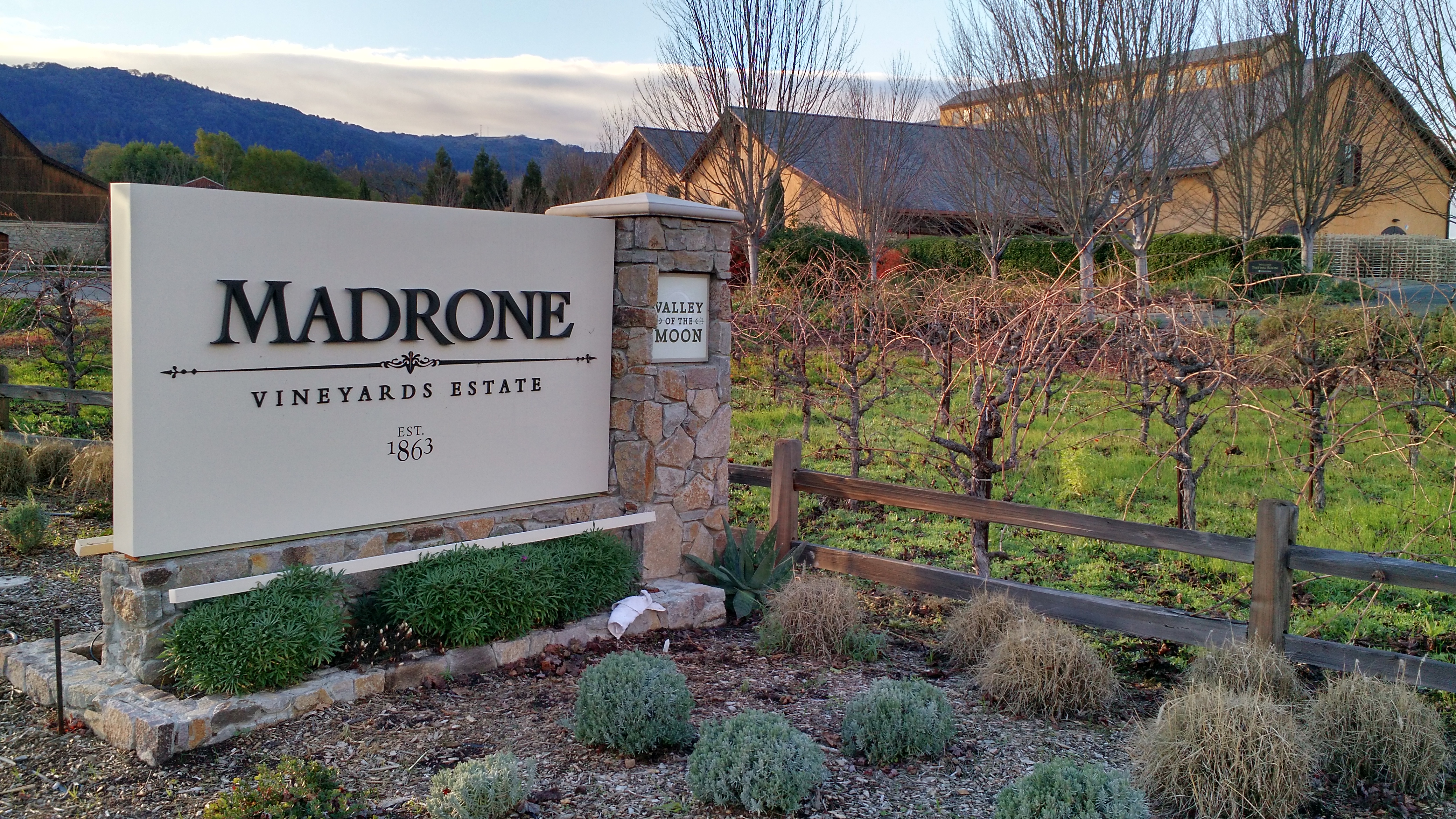
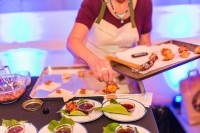

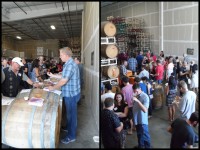
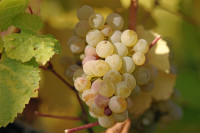
Be First to Comment